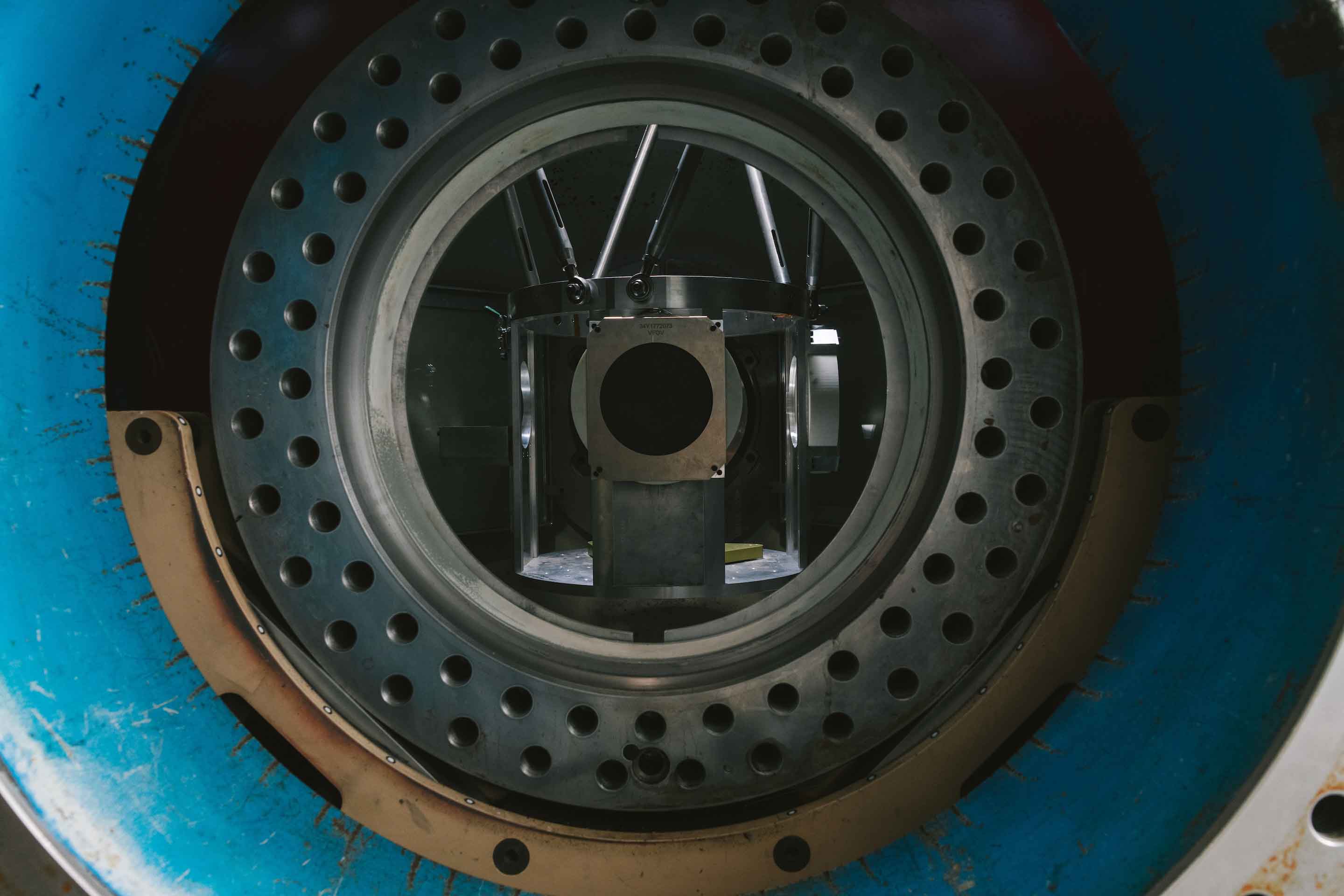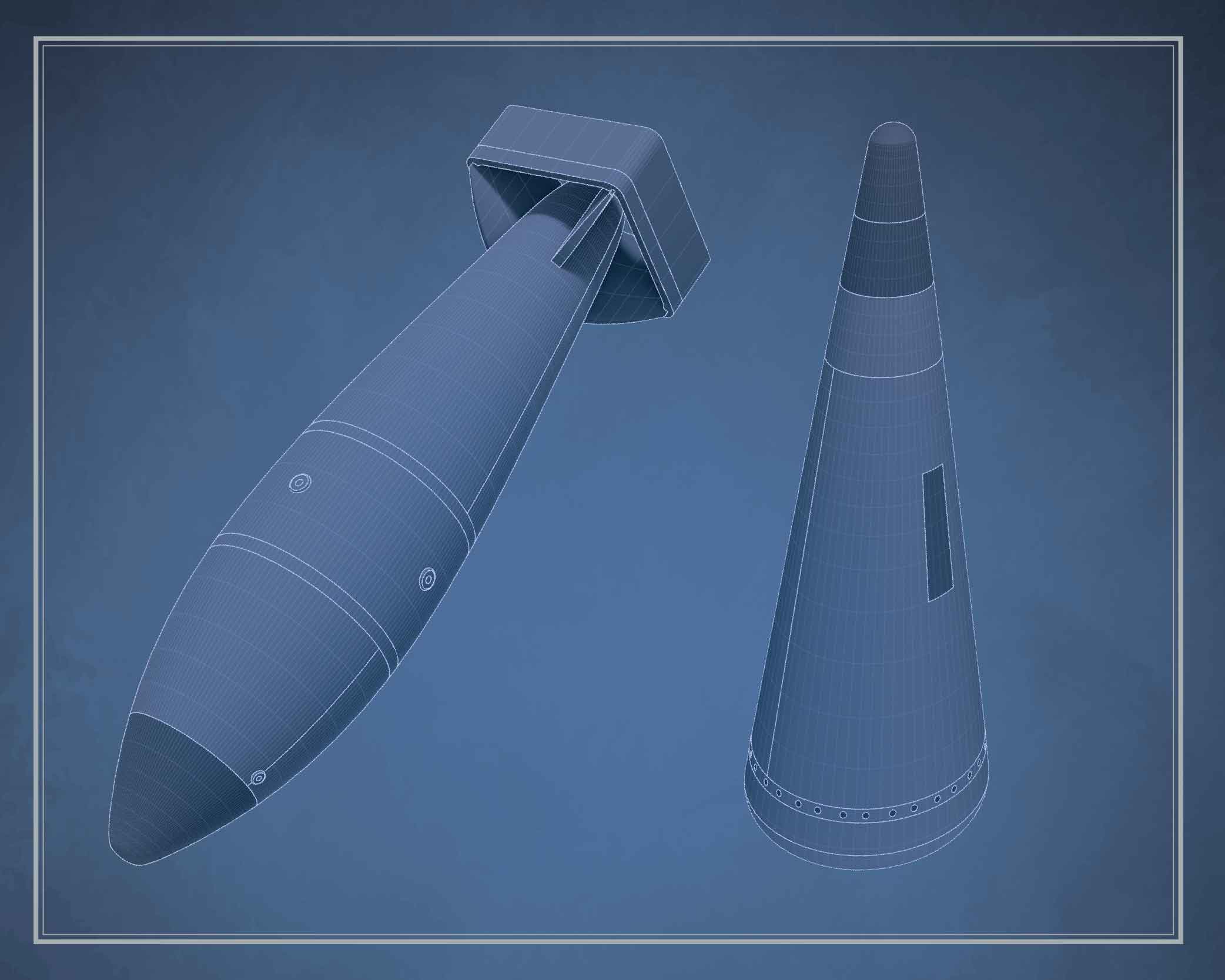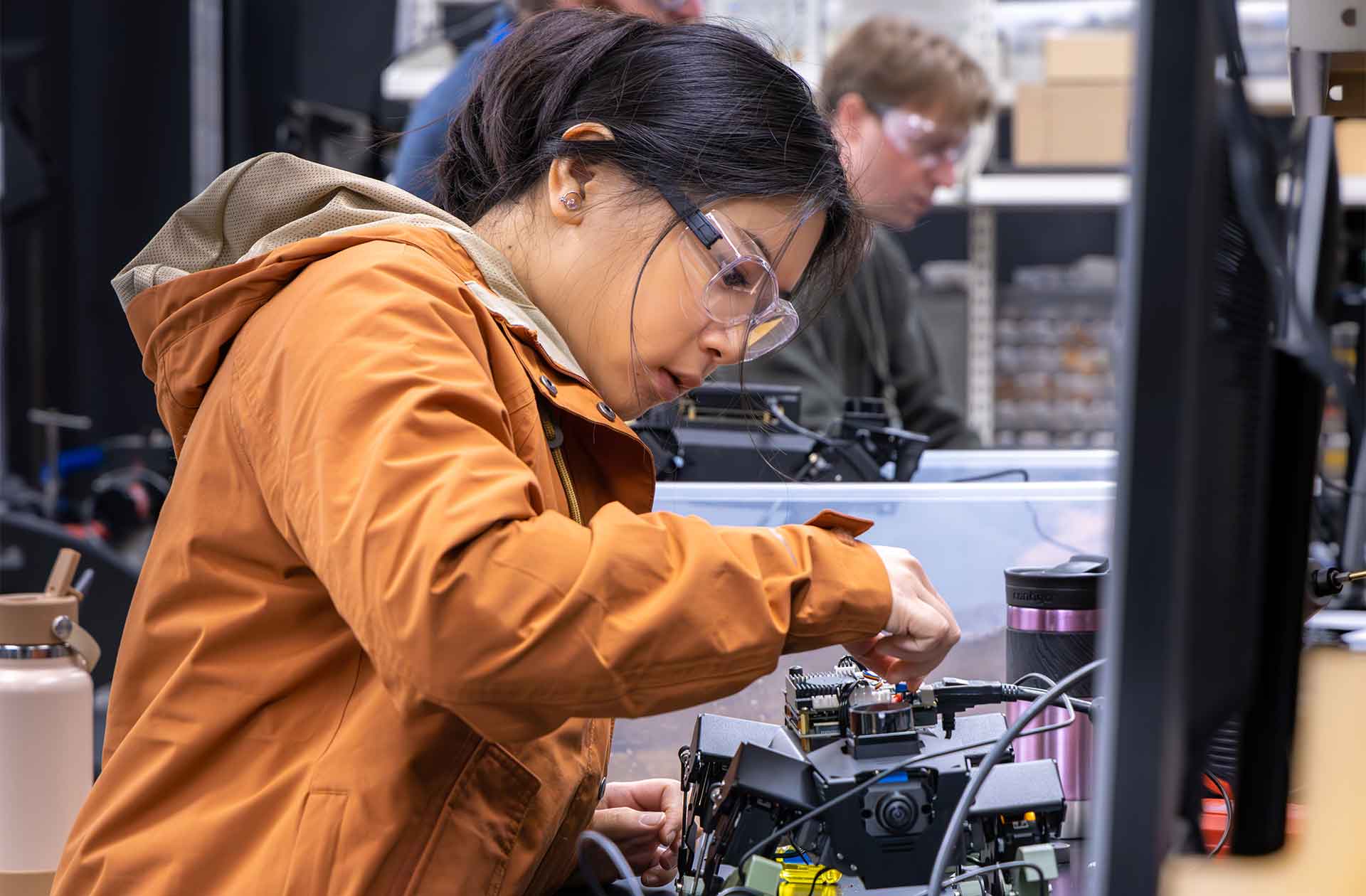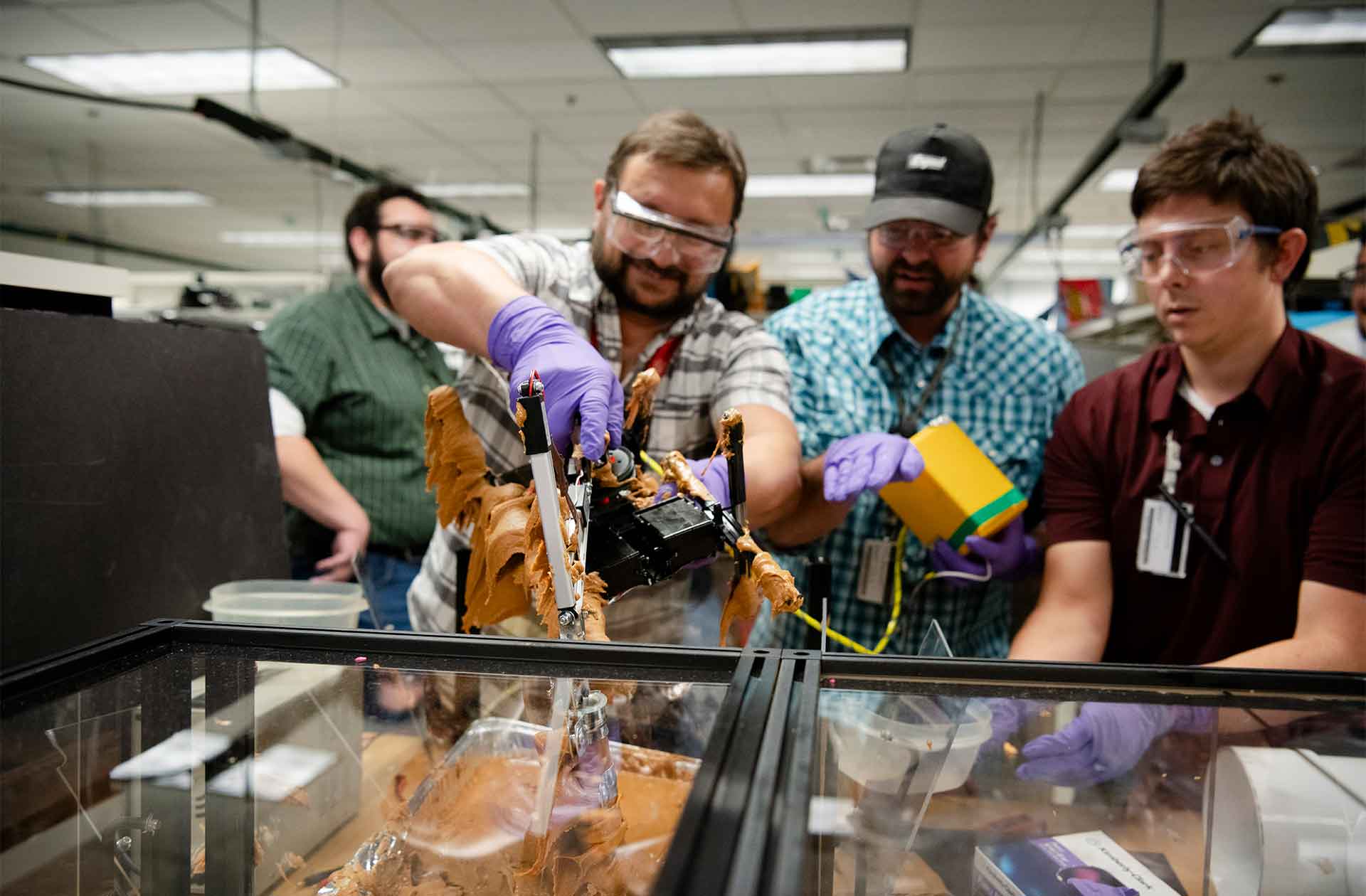Polymer partnerships
Los Alamos scientists develop materials that are eventually manufactured by the Kansas City National Security Campus.
- Whitney Spivey, Editor

Polymers are substances composed of very large molecules called macromolecules. If that’s where your memory of high school chemistry fades, Kimberly DeFriend, a program manager at Los Alamos National Laboratory, offers a more detailed explanation.
“Polymers can be hard or soft materials,” explains DeFriend, who until recently led the Lab’s Engineered Materials (MST-7) group. “You can change their composition, density, or crystallinity to dial specific properties, such as mechanical response over a range of temperatures. Because of their versatility, they are applicable to different environments, and that makes them attractive for national security applications.”
When DeFriend says national security applications, she’s referring primarily to the use (past and present) of polymers in America’s nuclear weapons, all of which are decades old. Many polymers and the parts made from them are original to the weapons and, due to aging or environmental concerns, must be replaced. If they are replaced, scientists have to decide if they should be swapped with the same polymer or a new one.

Polymer research and development (R&D) occurs primarily in MST-7 at Los Alamos, and full-scale polymer manufacturing or commercial procurement occurs at the Kansas City National Security Campus in Kansas City, Missouri. Although the organizations form two ends of the process—Los Alamos is the design agency that dreams up a polymer component or manufacturing process and Kansas City is the production agency that makes it a reality at a large scale—they are in close contact throughout. They even duplicate equipment to ensure what happens at Los Alamos can be replicated at Kansas City. “We try to work out the manufacturing and materials issues together,” DeFriend says. “Bringing in Kansas City at the beginning of the R&D is important to ensure the best possible success of both developing and manufacturing the material.”
DeFriend gives a real-life example of a polymer component that has proved challenging. One of its materials is difficult to source, and other of its materials are hazardous to manufacture—they produce dust that requires workers to wear respirators. “Los Alamos and Kansas City have been working jointly to identify solutions to help mitigate these problems.” DeFriend says.
So far, Los Alamos scientists have come up with a few innovative solutions. One is to replace some materials with more environmentally benign materials, coupled with a new synthetic for manufacturing them. Another is rethinking the material manufacturing process and using additive manufacturing instead of traditional subtractive machining, which creates not only dust but also quite a bit of waste.
“It’s all promising, and Kansas City is excited about this new synthetic route and printing process,” DeFriend says. “The issue now is making sure the printed part has the same characteristics and performance as the traditionally made component.” That’s where rigorous testing and inspection comes in—at both Los Alamos and Kansas City.
DeFriend says she’s fortunate to have collaborated with colleagues at Kansas City for more than 20 years, and the current relationship between Kansas City and Los Alamos is the most robust she’s ever seen it. “The need for new materials is driving the interaction, and people want to collaborate,” she says. “Having this healthy partnership is really important to our national security.” ★








